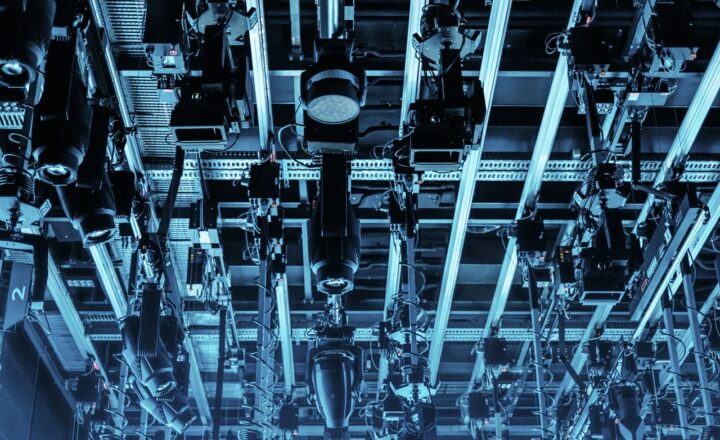The Development of Body Armor: Protecting Soldiers in an Increasingly Lethal Battlefield
November 16, 2024

In the modern age of warfare, soldiers are faced with unprecedented threats. With the advancement of weaponry, body armor has evolved to offer better protection and survivability. From humble beginnings to sophisticated technology, the journey of body armor is one of innovation, necessity, and resilience.
1. A Brief History of Body Armor
The concept of body armor dates back thousands of years. Ancient civilizations such as the Egyptians and Romans utilized materials like leather and metal to protect their warriors. In medieval times, chainmail and plate armor were developed, providing better defense against swords and arrows.
However, as firearms were invented, traditional armor became less effective. The development of the bullet and its devastating power necessitated drastic changes in protective gear, which would lead to the modern body armor we know today.
2. Early Innovations in Body Armor
The 19th century saw the introduction of various innovations aimed at protecting soldiers. The first official military body armor was the “bullet-proof” vest created by the U.S. Army in the early 1900s. This armor was primarily made from heavy metals, significantly limiting mobility and comfort.
As technology advanced, the understanding of materials science began to shift the paradigms of body armor. During World War II, the use of lighter materials, such as nylon and Kevlar, marked a significant leap in the development of protective gear, offering soldiers better mobility without sacrificing safety.
3. Modern Body Armor Design: Materials and Technology
Today’s body armor systems are engineered with advanced materials that enhance performance and comfort. Some of the common materials used include:
- Kevlar: A synthetic fiber known for its high tensile strength, Kevlar is commonly used in creating soft armor vests. It is lightweight, flexible, and can stop projectiles effectively.
- SAPI Plates: Small Arms Protective Insert (SAPI) plates are made from ceramic or polyethylene and used in conjunction with soft armor for enhanced protection against high-caliber rounds.
- Dyneema: Known for being one of the strongest fibers in the world, Dyneema is lightweight and resistant to abrasion, making it a favorable option for tactical vests.
The integration of these materials has led to the creation of modular armor systems that allow soldiers to adapt their protection based on mission requirements. This versatility is crucial in modern combat scenarios where threats can vary significantly.
4. The Role of Body Armor in Modern Warfare
Body armor serves more than just protection; it plays a critical role in survivor capabilities on the battlefield. Studies have shown that soldiers wearing proper body armor are less likely to suffer fatal injuries.
Moreover, the emotional and psychological impacts of being armored significantly boost soldier morale. Knowing they’re protected allows for more strategic thinking and risk-taking in life-threatening situations, thereby increasing mission success rates.
5. The Future of Body Armor: Challenges and Innovations
While modern body armor has come a long way, there are ongoing challenges and areas for improvement. The increasing capacity of firearms requires constant innovation in protective gear, alongside considerations for weight reduction and enhanced mobility.
One promising direction is the development of smart fabrics and technology-integrated armor, which can monitor soldiers’ vitals and the surrounding environment, providing data that aids in decision-making and enhances teamwork.
As warfare evolves, so too must body armor. Collaborative efforts between defense contractors and researchers are crucial to staying ahead in the arms race of protection.
Conclusion
The development of body armor reflects the dynamic nature of warfare throughout history, continuously adapting to new threats and innovations. From ancient warriors donning crude protection to modern soldiers equipped with advanced materials, body armor has truly become a symbol of resilience on the battlefield. As technology continues to advance, the future of body armor promises to enhance soldier safety and effectiveness in ways we are only beginning to understand. The commitment to soldier protection remains paramount as we face increasingly lethal threats in the world today.







